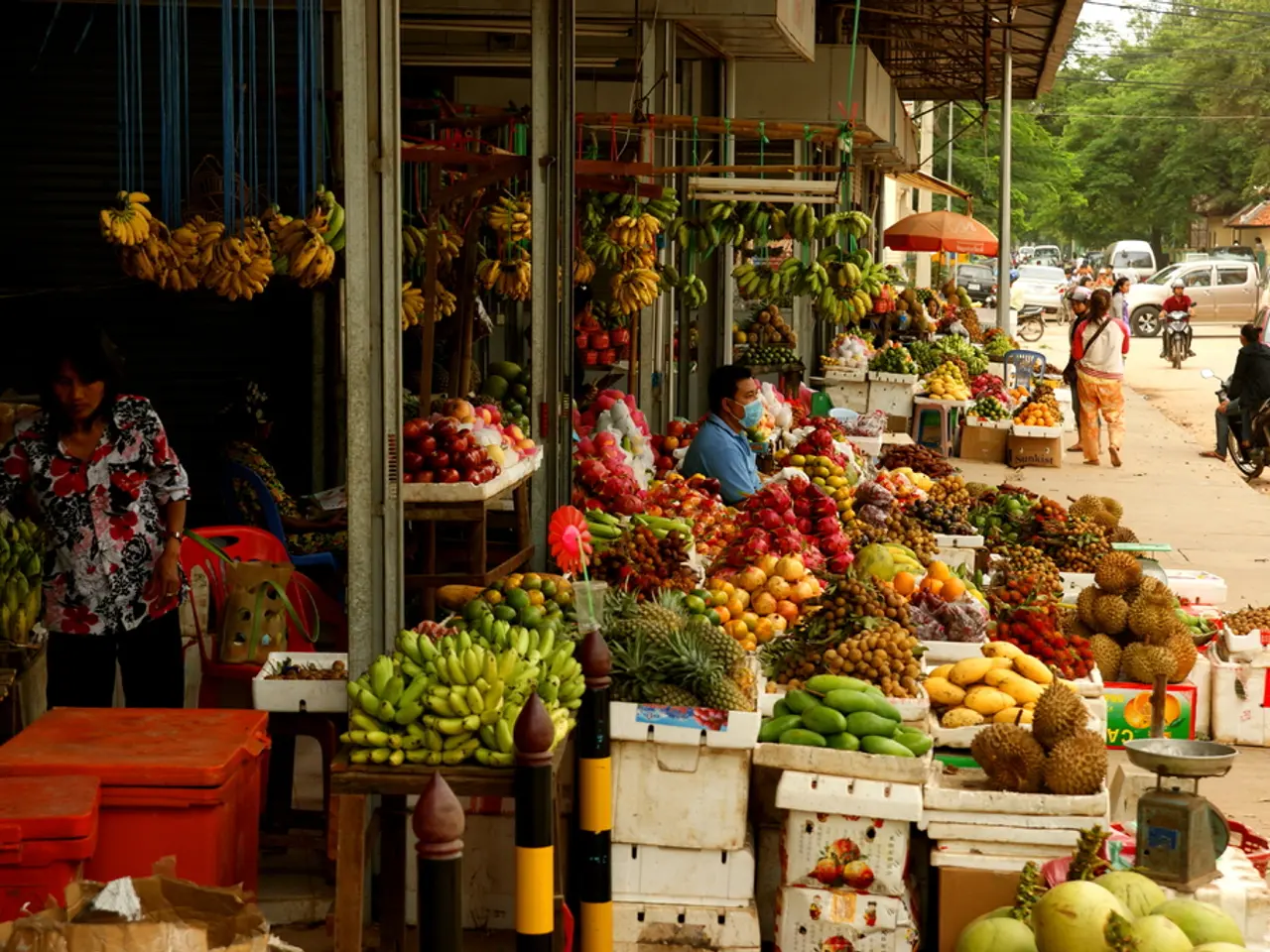Everyday commodities, including food items and common household products, may now qualify for a lower 5% Goods and Services Tax (GST) rate, according to government sources, under the latest reforms.
The Indian government has announced a major overhaul of the Goods and Services Tax (GST) system, aiming to make daily essentials more affordable and streamline business compliance. The proposed changes, expected to be implemented by Diwali 2025, will simplify the tax structure by reducing the current four GST slabs (5%, 12%, 18%, 28%) to just two main rates: 5% and 18%, with a separate higher rate for "sin goods" like tobacco and pan masala.
In his speech, Prime Minister Narendra Modi emphasised the need for a review of the GST system after eight years, and announced that the next generation of GST reforms is coming, aiming to reduce taxes for common people substantially and increase facilities for MSMEs and small entrepreneurs. A high-power committee was set up, and discussions with the states were held for the review of the GST system.
Many daily essentials and aspirational goods, including food items like potato chips, namkeen, butter, ghee, packaged juices, toothpaste-related items, and certain electronics, will move to the lower 5% slab. This move is expected to enhance affordability, boost consumption, and expand access, particularly helping the common man, farmers, middle class, and MSMEs.
The reforms are also expected to promote ease of business and compliance, reducing disputes and fixing inverted duty structures. The process would eliminate mismatch and compliance burden, leading to faster and automated processing of refunds for exporters and those with IDS. Pre-filled returns are proposed to reduce manual intervention.
The government's proposal doesn't require legislative changes to implement. The reforms propose to provide registration for 95% of cases within three days, focusing on ease of living and compliances. The reduction in the rate of equipment used by farmers is proposed, aiming to increase production.
The proposed tax structure will have a simple two-rate structure of merit and standard goods, focusing on common people and students. Everyday items are expected to become cheaper, potentially giving a new boost to the economy. Food items and daily use items are proposed to fall in the 5% GST slab.
The current 12% and 28% GST rates are proposed to be scrapped, and only 5% and 18% GST rates will remain. 99% of the items currently in the 12% slab are proposed to move to the 5% slab. Consumer goods kept in the 28% slab are proposed to be moved to the 18% slab. Classification issues would be resolved for namkeen and savouries, leading to streamlining of the tax structure.
In summary, the GST rate rationalisation lowering rates on common man items is expected to enhance consumption and stimulate India's GDP growth by making daily essentials more affordable and improving ease of doing business for MSMEs and industries. This simplification and rationalisation of rates are predicted to increase demand in the economy, thereby positively affecting GDP growth through higher consumer spending and improved market efficiencies.
The simplified GST structure, with reduced slabs to 5% and 18%, is anticipated to boost the economy by making common goods more affordable to the common man, farmers, and MSMEs, as many daily essentials and consumer goods will be in the lower 5% slab. This economic growth is expected to be further enhanced by the promotion of ease of business and compliance, improving market efficiencies and stimulating demand for finance and business sectors.




